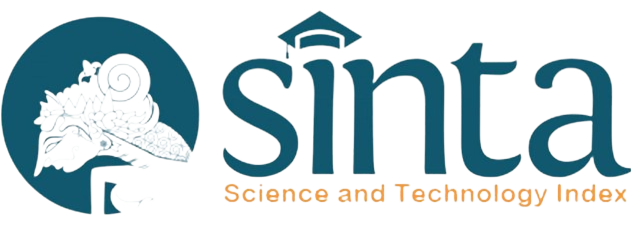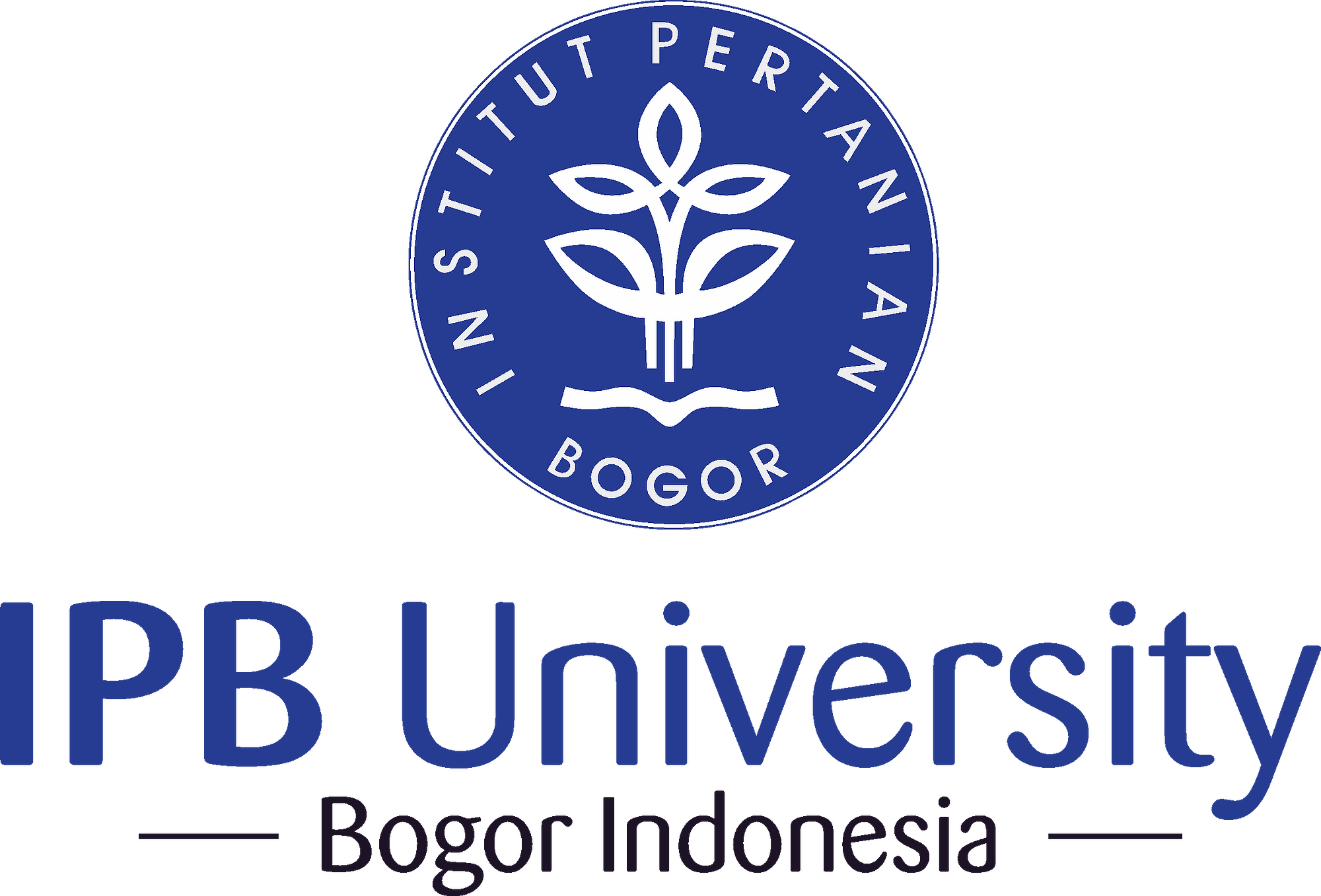Karakter Pertumbuhan Tanaman Bawang Merah Pada Berbagai Komposisi Media Tanam
Abstract
Shallot is one of the important vegetables and spices in Indonesia. Shallot require porous soil structure with medium to coarse texture, have good aeration and drainage, containing organic matter, with an optimum soil pH of 5.6 - 6.5. This research aimed to examine growth characteristics of shallot on various planting media compositions. An experimental field and laboratory of plant physiology, Department of Agronomy, Sriwijaya University. The research was conducted at from August to November 2017. The experiment was arranged in a randomized block design with 11 treatments and 3 replications. Each unit treatment consisted of 5 plants, resulting in a total of 165 plants. The treatments was media composition, consisted of P0 : Soil; P1 : Soil : chicken manure (2:1); P2 : Soil : cow manure (2:1); P3 : Soil : Palm Bunches fertilizer (2:1); P4 : Soil : chicken manure (3:1); P5 : Soil : cow manure (3:1); P6 : Soil : Pupuk Palm Bunches fertilizer (3:1); P7 : Soil : chicken manure: Palm Bunches fertilizer (2:1:1); P8 : Soil : cow manure: Palm Bunches fertilizer (2:1:1); P9 : Soil : cow manure : Palm Bunches fertilizer (3:1:1); P10: Soil : chicken manure: Palm Bunches fertilizer (3:1:1) by volumes. The result showed that the planting media consisting of soil and chicken manure with ratio of 3 : 1 increased plant height, number of leaf per panicle, number of tillers per hill.
Keyword: compositions of media planting, organic materials, shallot, manure













